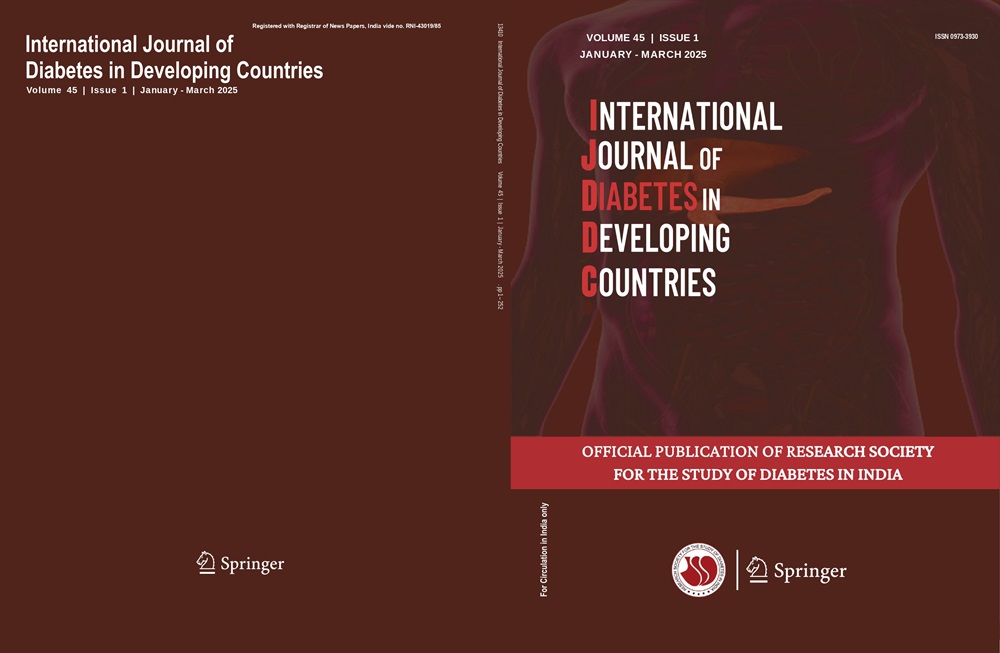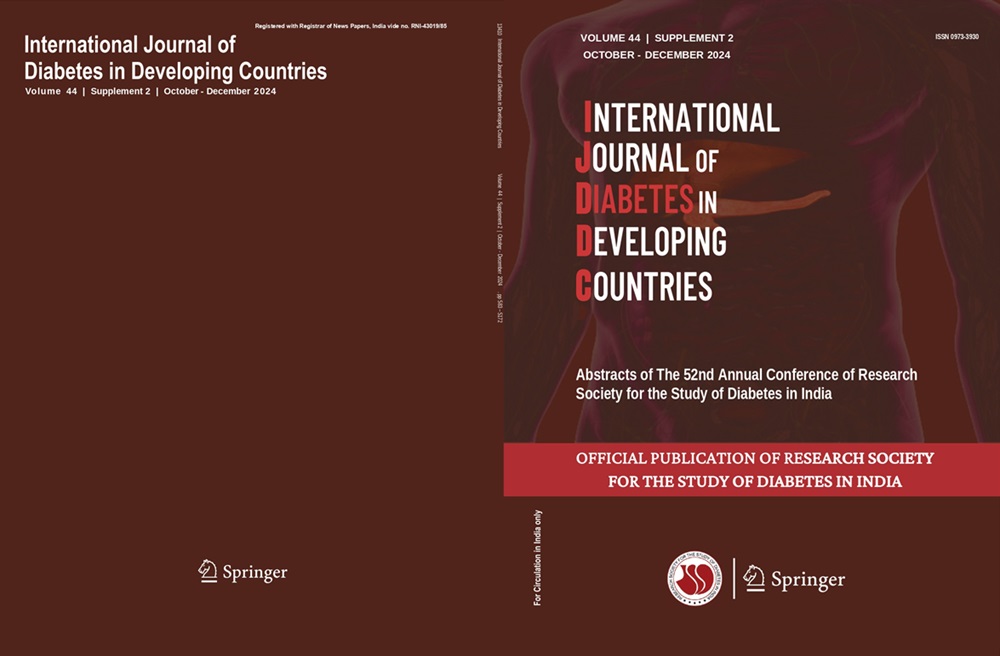Sachdev Meenakshi, Viswanathan Mohan
Keywords
Non-nutritive sweeteners • Low-calorie sweeteners • Artifi cial sweeteners • Non-caloric sweeteners
Abstract
Background This commentary explores the landscape of non-nutritive sweeteners, further delves into the historical trajectory and the contemporary surge in the consumption of non-nutritive sweeteners (NNS), along with the accompanying controversies concerning their safety.
Objective The aim is to provide a comprehensive understanding of the influences of NNS, drawn from global studies and diverse perspectives.
Methods The commentary synthesizes findings from global studies, notably the NutriNet-Santé cohort, exploring associations between specific NNS and health consequences such as cerebrovascular events and malignancies. Additionally, it examines the research on consequences of NNS on gut microbiota and explores concerns linked to gestational diabetes, fetal exposure, and health of the offspring.
Results While caution is advised during pregnancy and fetal development due to potential risks, NNS show promise in weight management and short-term dietary goals when used cautiously in lower amounts. The commentary underscores the necessity for inclusive, long-term studies to guide evidence-driven policies and guidelines.
Conclusion While the article underscores the complexities and debates surrounding non-nutritive sweeteners (NNS), it also sheds light on the positive aspects. In the Indian context, where the intake of sweeteners is relatively low and mainly limited to beverages (tea or coffee), NNS appear to be safe, but prudent use is advocated. The article emphasizes the value of public education on NNS usage and concludes that, overall, NNS are reasonably safe when consumed in moderation. Continued research is needed to elucidate their intricate effects on health and impact on global health outcomes.
Implications The article concludes with clear guidelines for using NNS in India, highlighting the need for informed decision making and ongoing research to elucidate their broader health consequences.




